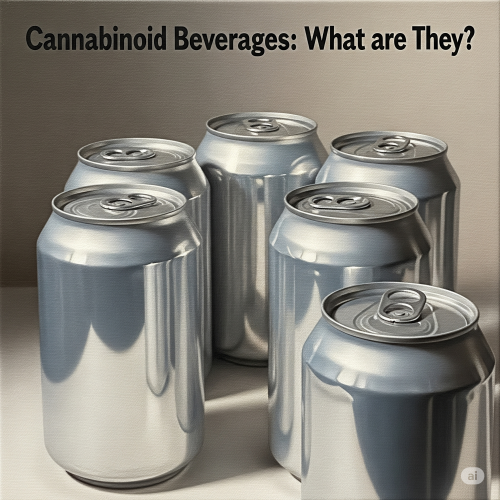The “entourage effect” and the endocannabinoid system (ECS) are central to understanding the complex interactions of cannabis compounds within the human body. The concept of the entourage effect postulates that the therapeutic impact of cannabis is greater when all its compounds—cannabinoids, terpenes, and flavonoids—work synergistically, rather than in isolation.
The Endocannabinoid System: A Regulatory Network
The ECS is a complex network of receptors, endocannabinoids (naturally produced cannabinoids), and enzymes that plays a crucial role in regulating various physiological processes, including mood, pain, appetite, and immune response. The primary receptors within the ECS are CB1 and CB2. CB1 receptors are predominantly found in the central nervous system, while CB2 receptors are mainly located in the peripheral nervous system and immune cells.
The Entourage Effect: Synergistic Interactions
The entourage effect, first proposed by researchers like Raphael Mechoulam and Shimon Ben-Shabat, suggests that the combined effect of cannabis compounds is more significant than the sum of their individual effects. This synergy arises from the interactions between various cannabinoids, terpenes, and flavonoids.
Cannabinoid Interactions
CBD, for example, can modulate the effects of THC by influencing its binding to CB1 receptors. This interaction can mitigate some of the psychoactive effects of THC, contributing to a more balanced experience.
♦ Interested in high-quality CBD edibles and merchandise? Check out the FGE shop ♦
Furthermore, other cannabinoids like CBG (cannabigerol) and CBN (cannabinol) interact with the ECS and other receptors, adding to the overall therapeutic profile.
Terpene Contributions
Terpenes, the aromatic compounds in cannabis, also play a vital role in the entourage effect. They can influence the effects of cannabinoids by interacting with receptors and enzymes in the ECS.
For instance, terpenes like myrcene may enhance the permeability of the blood-brain barrier, allowing cannabinoids to reach brain tissue more effectively.
Terpenes also have their therapeutic properties, that add to the overall effect.
Scientific Backing
Research has supported the idea that whole-plant cannabis extracts can be more effective than isolated cannabinoids. Studies have shown that full-spectrum cannabis products, which contain a wide range of cannabinoids and terpenes, may provide greater relief from pain, anxiety, and other conditions.
One example of this is from research that has shown that whole plant extracts have had better results in pain management, than just isolated THC.
Key Considerations
While the entourage effect is widely recognized, the precise mechanisms of these interactions are still being investigated.
The composition of cannabis products can vary significantly so that the entourage effect may differ depending on the specific strain and product. It is important to remember that more research is needed to fully understand the entourage effect’s complexities and therapeutic implications.
In essence, the entourage effect highlights the intricate interplay of cannabis compounds and the ECS, emphasizing the importance of considering the whole plant rather than individual components.






